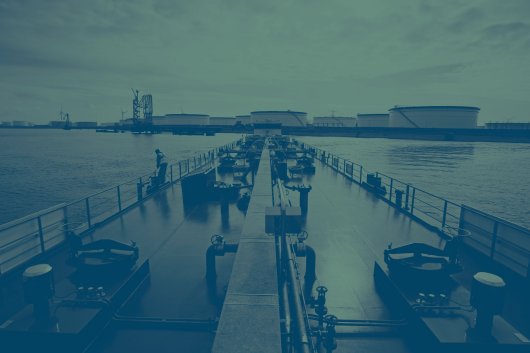SHI wins order to build LNG bunkering vessel
7,500-cbm vessel to be built for Korea Gas Corporation (Kogas).
Samsung Heavy Industries (SHI) has won an order to build two small-scale liquefied natural gas carriers (LNGCs), one of which is to be constructed to carry out LNG bunkering.
Both 7,500-cubic-metre (cbm) vessels are to be built for Korea Gas Corporation (Kogas) and used for the transportation of LNG from Tongyeong, Gyeongsangnam-do, to Jeju Island. The total value of the order is approximately $100 million.
The LNG vessels are to be equipped with a KC-1 cargo containment system designed in Korea.
"The contract is a significant milestone for SHI, developing a leading track record in KC-1 LNG carriers, as well as expanding into small-scale LNGCs and LNG bunkering vessels," SHI said.
SHI says it has won a total of $2.3 billion worth of orders so far in 2017, including eight tankers, two LNGCs, one LNG-FSRU, and one floating production unit (FPU).
Last year, Bunker Index reported that Kogas was one of 14 organizations to sign a three-year cooperation agreement to provide LNG bunkering to the South Korean port of Ulsan.
Back in 2015, South Korea's Ministry of Trade, Industry and Energy (MOTIE) said it intended to build LNG bunkering terminals at some of its key ports, and to win 70 percent of worldwide orders for dual-fuel tankers over the next decade.
South Korea is the world's leading shipbuilding nation. The top three vessel constructors - Hyundai Heavy Industries Co Ltd, Samsung Heavy Industries Co Ltd and Daewoo Shipbuilding & Marine Engineering Co Ltd - are all South Korean firms. The Asian country is also the world's second-largest LNG importer after Japan.
Both 7,500-cubic-metre (cbm) vessels are to be built for Korea Gas Corporation (Kogas) and used for the transportation of LNG from Tongyeong, Gyeongsangnam-do, to Jeju Island. The total value of the order is approximately $100 million.
The LNG vessels are to be equipped with a KC-1 cargo containment system designed in Korea.
"The contract is a significant milestone for SHI, developing a leading track record in KC-1 LNG carriers, as well as expanding into small-scale LNGCs and LNG bunkering vessels," SHI said.
SHI says it has won a total of $2.3 billion worth of orders so far in 2017, including eight tankers, two LNGCs, one LNG-FSRU, and one floating production unit (FPU).
Last year, Bunker Index reported that Kogas was one of 14 organizations to sign a three-year cooperation agreement to provide LNG bunkering to the South Korean port of Ulsan.
Back in 2015, South Korea's Ministry of Trade, Industry and Energy (MOTIE) said it intended to build LNG bunkering terminals at some of its key ports, and to win 70 percent of worldwide orders for dual-fuel tankers over the next decade.
South Korea is the world's leading shipbuilding nation. The top three vessel constructors - Hyundai Heavy Industries Co Ltd, Samsung Heavy Industries Co Ltd and Daewoo Shipbuilding & Marine Engineering Co Ltd - are all South Korean firms. The Asian country is also the world's second-largest LNG importer after Japan.
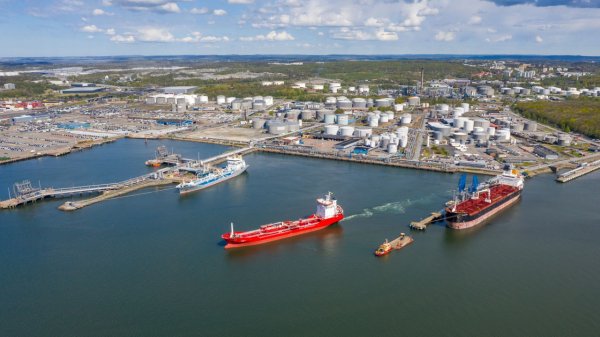
|
Swedish biomethane bunkered in Gothenburg
Test delivery performed by St1 and St1 Biokraft, who aim to become large-scale suppliers. |
|
|
|
||
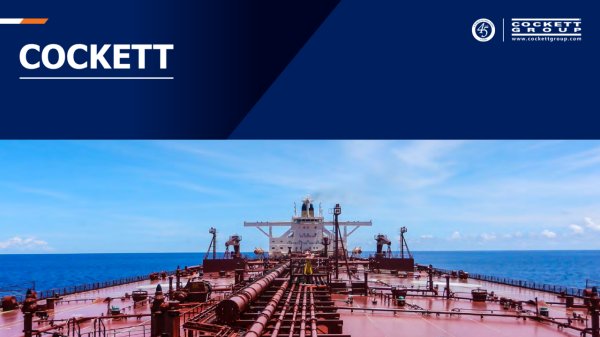
|
Cockett to be closed down after 45 years
End of an era as shareholders make decision based on 'non-core nature' of Cockett's business. |
|
|
|
||
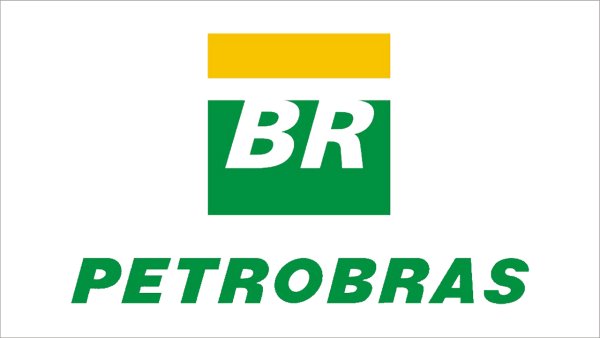
|
Petrobras confirms prompt availability of VLS B24 at Rio Grande
Lead time for barge deliveries currently five days. |
|
|
|
||
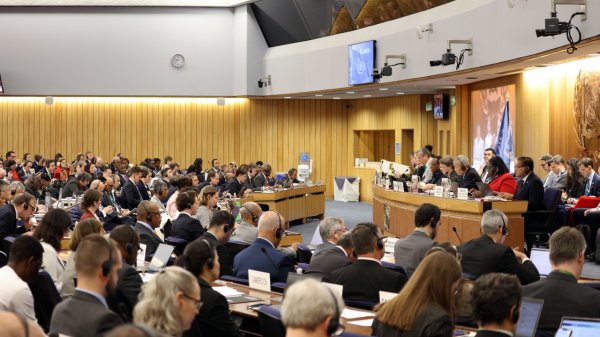
|
IMO approves pricing mechanism based on GHG intensity thresholds
Charges to be levied on ships that do not meet yearly GHG fuel intensity reduction targets. |
|
|
|
||
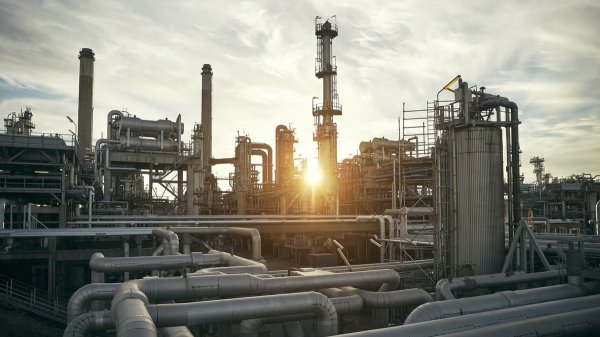
|
VARO Energy expands renewable portfolio with Preem acquisition
All-cash transaction expected to complete in the latter half of 2025. |
|
|
|
||
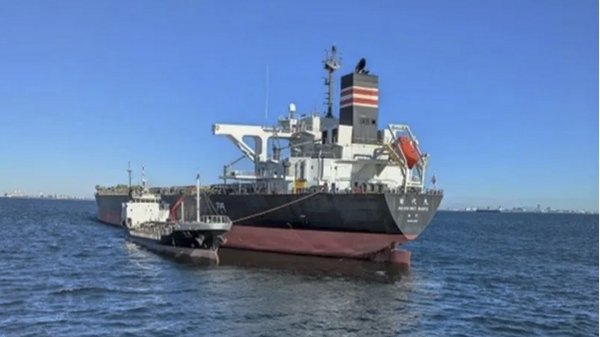
|
NYK trials biofuel in milestone coal carrier test
Vessel is used to test biofuel for domestic utility company. |
|
|
|
||
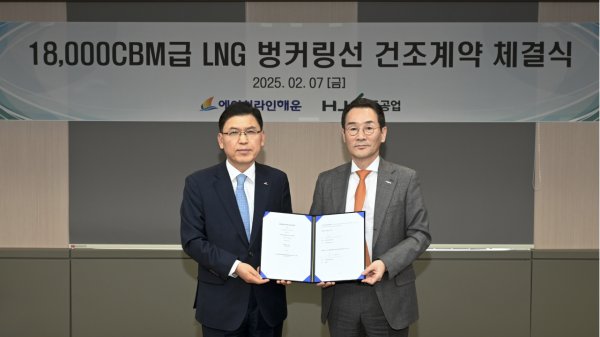
|
H-Line Shipping orders LNG bunkering vessel
Vessel with 18,000-cbm capacity to run on both LNG and MDO. |
|
|
|
||
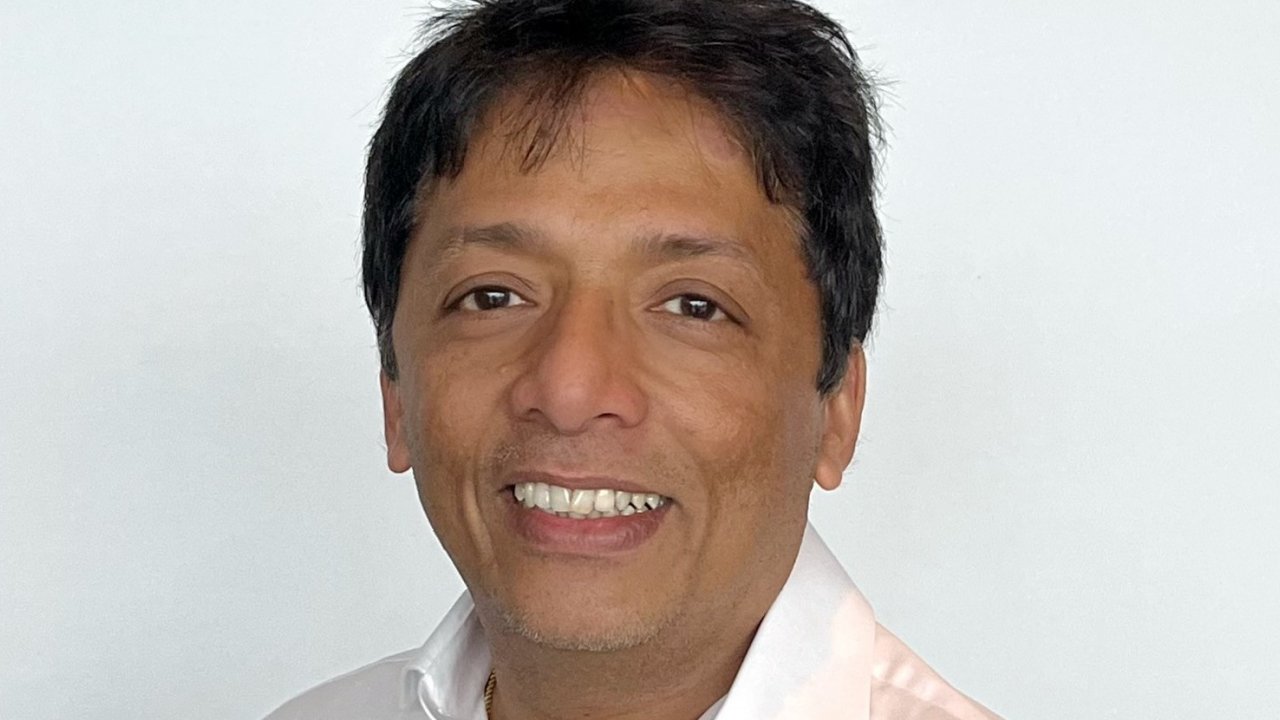
|
How to engineer and manage green shipping fuels | Stanley George, VPS
Effective management strategies and insights for evolving fuel use. |
|
|
|
||
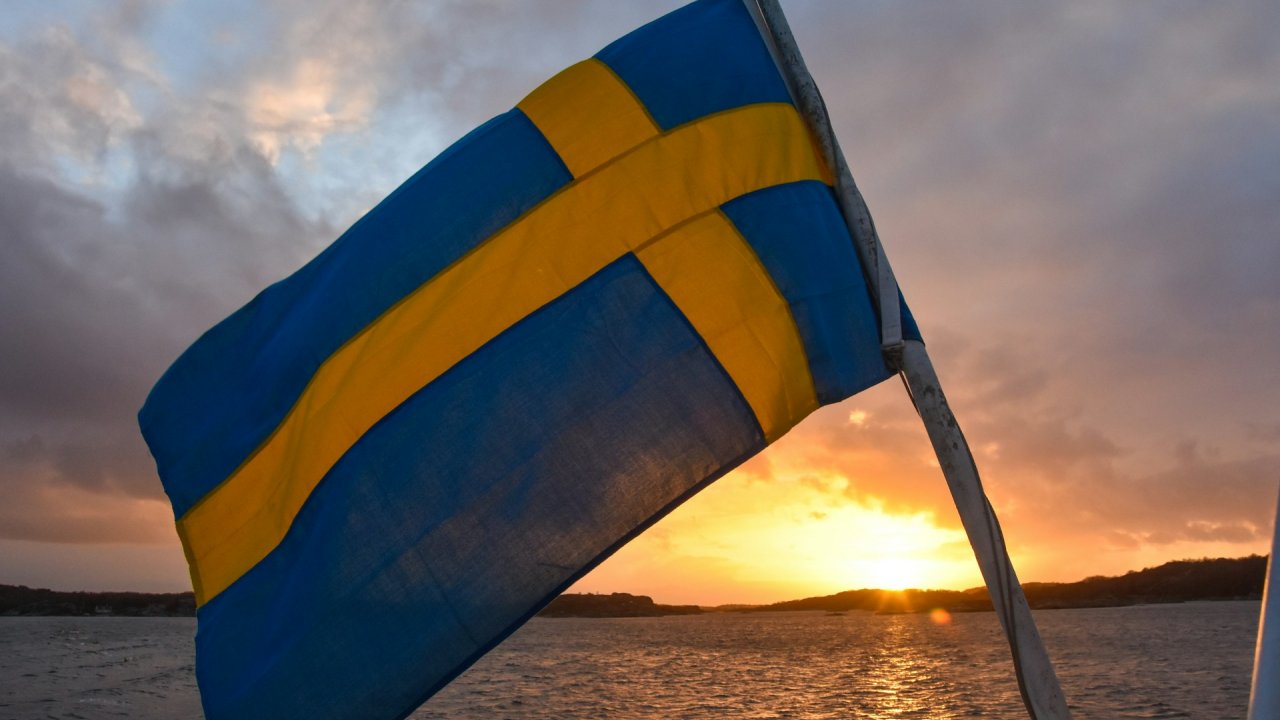
|
Swedish government bans scrubber wastewater discharges
Discharges from open-loop scrubbers to be prohibited in Swedish waters from July 2025. |
|
|
|
||
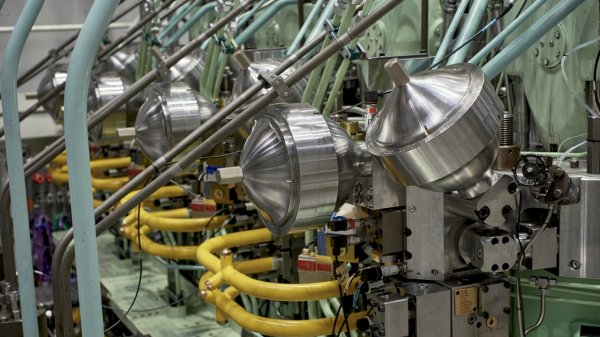
|
MAN Energy Solutions achieves 100% load milestone for ammonia engine
Latest tests validate fuel injection system throughout the entire load curve. |
|
|
|
||
Related Links
- · Ulsan inks LNG bunkering agreement [Insights]
- · Korea plans to build LNG bunkering terminals... and most of the world's dual-fuel tankers [Insights]
- · LNG bunker agreement signed in South Korea [Insights]
- · LNG-fuelled bulker project puts spotlight on high manganese steel [Insights]
- · Republic of Korea [Directory]

